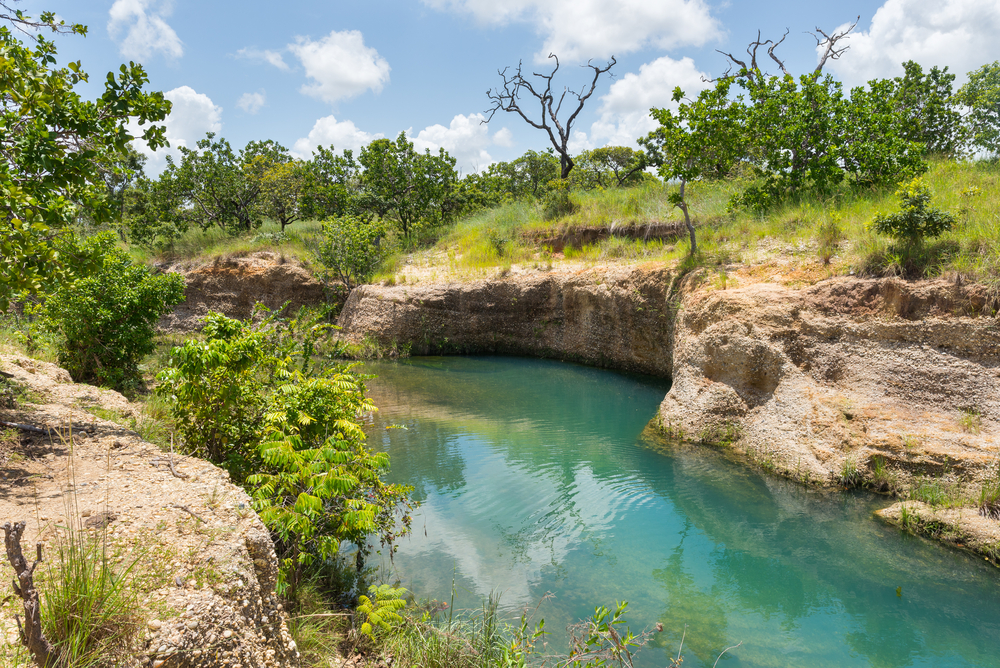Sierra La Culata Overview
Sierra La Culata National Park, known in Spanish as Parque Nacional Sierra de La Culata, is a vast protected area in the Andes Mountains of northwestern Venezuela. Encompassing approximately 2,000 square miles (5,134 square kilometers), this park is located in the Mérida and Trujillo states, forming part of the larger Cordillera de Mérida range.
It is one of the highest national parks in the country, with elevations ranging from 3,000 meters (9,843 feet) to over 4,700 meters (15,420 feet) above sea level. The park’s rugged terrain is characterized by steep mountain slopes, deep valleys, and high-altitude plateaus, offering breathtaking landscapes that attract nature enthusiasts, hikers, and researchers alike.
One of its most notable features is the presence of páramo ecosystems, a high-altitude tropical alpine environment that hosts unique plant and animal species. The park is also home to numerous rivers, including the Chama and Mucujún, which are vital sources of fresh water for surrounding communities.
The vegetation in Sierra La Culata National Park varies according to altitude, with lush Andean cloud forests at lower elevations giving way to vast stretches of páramo grasslands at higher altitudes. The cloud forests are rich in biodiversity, featuring dense stands of Polylepis trees, moss-covered rocks, and an array of orchids and bromeliads clinging to the branches.
As visitors ascend into the páramo, the landscape shifts dramatically, with frailejones (Espeletia), a signature plant of the region, dominating the open fields. These towering, fuzzy-leaved plants are uniquely adapted to the cold, high-altitude climate and play a critical role in water retention. The park’s terrain is also shaped by glacial activity, leaving behind striking U-shaped valleys and rock formations.
Wildlife in Sierra La Culata National Park is diverse, with many species adapted to the extreme conditions of high-altitude environments. Among the most iconic mammals found here is the elusive Andean bear, also known as the spectacled bear, which roams the forests in search of food. Other notable mammals include white-tailed deer, páramo rabbits, and the Andean fox.
Birdwatchers are particularly drawn to the park for its impressive avian diversity, including the striking Andean condor, one of the largest flying birds in the world. The park also provides habitat for hummingbirds such as the endemic Mérida sunangel, as well as high-altitude specialists like the rufous-collared sparrow and the bearded helmetcrest. The diversity of wildlife makes Sierra La Culata a prime destination for nature lovers and researchers studying Andean ecosystems.
Visitors to the park can explore its vast network of trails that lead to stunning viewpoints, glacial lakes, and remote valleys. Popular activities include hiking, birdwatching, and mountaineering, with routes ranging from moderate treks to challenging climbs that reach the park’s highest peaks. Among the most well-known hiking routes is the path to El Campanario, a prominent viewpoint offering panoramic vistas of the surrounding mountains.
Additionally, the park’s rivers and streams provide opportunities for fishing and photography. Given its high-altitude location, visitors are advised to prepare for rapidly changing weather conditions, including cold temperatures and occasional snowfall.
Despite its natural beauty and ecological importance, Sierra La Culata National Park faces conservation challenges, including deforestation, illegal hunting, and climate change impacts on its fragile páramo ecosystems.
However, efforts have been made to protect and restore critical habitats through conservation programs and increased awareness. Local communities and environmental organizations work to promote sustainable tourism and safeguard the park’s rich biodiversity. Through ongoing conservation initiatives, the park remains a crucial stronghold for Andean wildlife and a vital water source for the region.


















































































